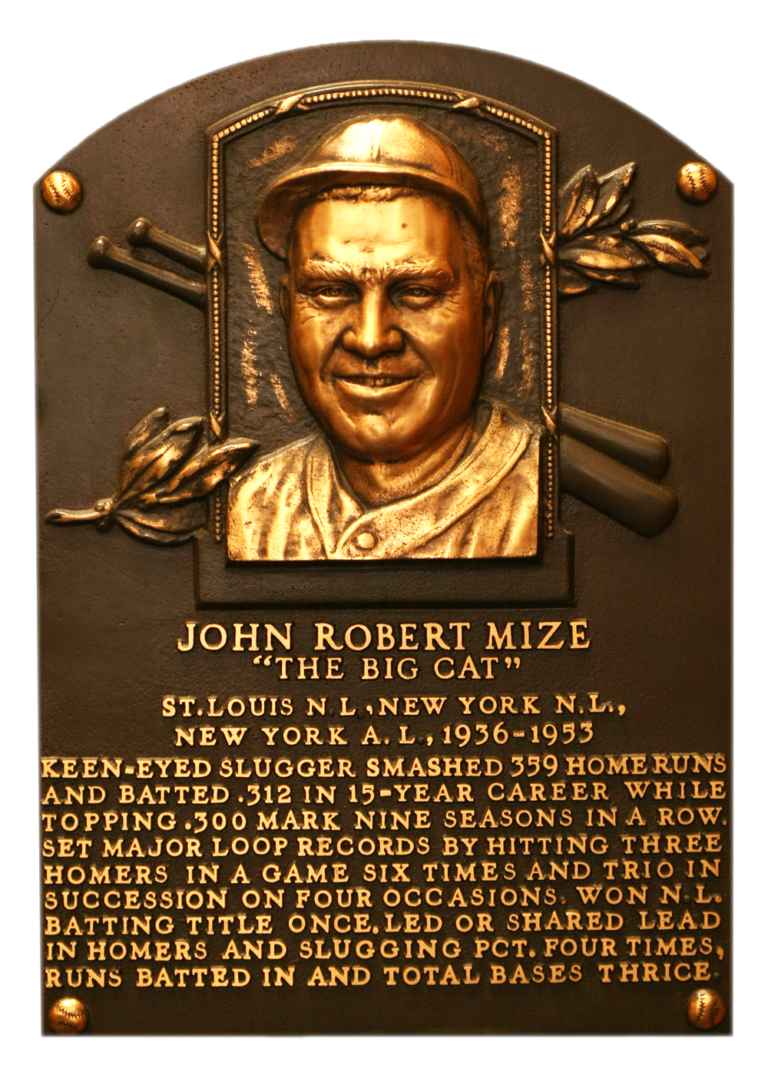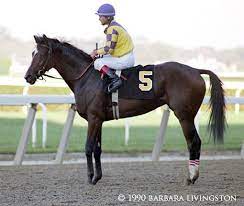Jimmie Johnson to Return to NASCAR in 2025 on Part-Time Basis
Ultimately, Jimmie Johnson’s return to NASCAR in 2025 is a momentous event for the sport.
Ultimately, Jimmie Johnson’s return to NASCAR in 2025 is a momentous event for the sport.
In 2024, the two-year-old thoroughbred racing division has been exceptionally competitive, with several standout horses already making waves on the track

Be sure to follow the Horse Guy right here as we follow all of the races that will impact the field for the 2025 Kentucky Derby. Next up is the Kentucky Jockey Club race at the end of November.

Next time, I will be discussing who should go and who should stay. Also, let’s dive into the prospects.
The 155th Travers will be broadcast nationwide on FOX during NYRA’s “Saratoga Saturdays” show airing from 3 to 6:30 p.m. ET. Post time is set for 6:10 p.m.

Saratoga race course will once again have the best in thoroughbred racing this weekend. The Alabama Stakes 2024 will highlight the weekend card.
The Fourstardave is part of the Breeders’ Cup challenge series, with the winner getting a spot in the Breeders’ Cup Mile at Del Mar on Nov. 2. This is a seven horse race for $500,000 at Saratoga. It is a one-mile turf race with the winner getting an automatic berth into the Breeders’ Cup Mile…
THE RAIN on the EAST COAST MAY MOVED THIS RACE to SUNDAY or later. The Arlington Million was held in the Chicago area for many years until it closed two seasons ago. Last year was the first time it was held at Colonial Downs. 2024 marks the second running of this high stake race. Let’s…
The 15 week season is complete. It is now time for the postseason to get underway. In a day or two the brackets will be filled and the tourneys shall begin. Here is Tom’s Top 25 after the completion of the 2024 season. 1- Tennessee 46-10 2. Texas A&M 44-11 3. Kentucky 39-12 4….